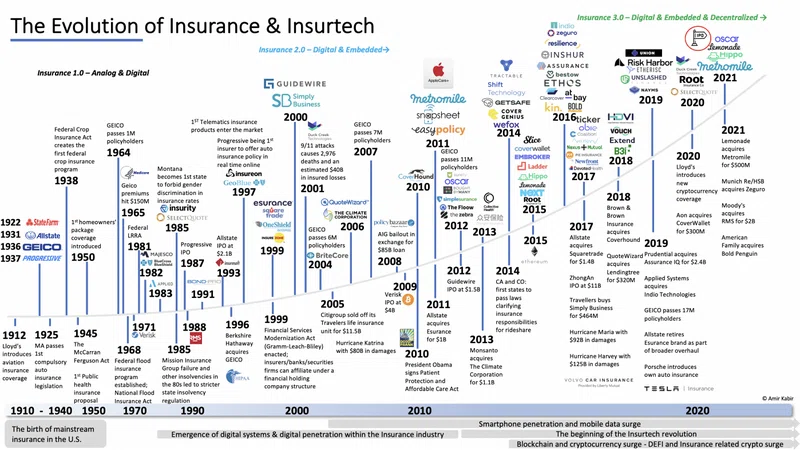Some recent events at one of the largest stock exchanges in the world, the National Stock Exchange (NSE) of India, is taking the financial sector of the country by storm.
A report released on 11th February 2022 by the Securities and Exchange Board of India (SEBI) found a fascinative series of events at the top levels of the exchange.
In 2013, a person named Mr. Anand Subramanian was brought in as the Chief Strategic Advisor of NSE with an 11 times increase in compensation. Mr. Subramanian had no experience in Capital Markets before. He was only interviewed by then CEO and MD of NSE Ms. Chitra Ramkrishna. By March 2015, Mr. Subramanian was re-designated as Group Operating Officer (GOO) and Advisor to MD, and his compensation was increased to more than 30 times what he used to get before joining NSE.
Till this point, this is a story of fraud and bad judgment. Now, this gets really weird. It was found that Ms. Ramkrishna shared confidential information about organizational structure, dividend scenario, financial results, human resources policy, response to the regulator, etc. with an unknown person who is supposed to be some Yogi living in the Himalayas. It is speculated that Mr. Anand Subramanian exploited Ms. Ramkrishna’s faith by creating this ‘Yogi’ identity.
NSE was already embroiled in a co-location scandal that involved NSE allegedly giving preferential access to servers to some select brokers.
Are you wondering why I am talking about these irregularities at NSE in an article about DeFi?
For that, we need to understand what Decentralized Finance is trying to do. The primary objective of DeFi is removing finance intermediaries with algorithms and liquidity pools. Stock exchanges like NSE are financial intermediaries.
In this article, let me create a case in support of replacing intermediaries like NSE with codes written in blockchain networks.
What do these intermediaries do?
So, let us understand first what exactly these intermediaries do.
These intermediaries offer two fundamental services -
- Matching buyers and sellers
- Providing liquidity i.e. creating depth in the market
The sellers can be the issuers of the securities (primary market) or non-issuers who are holding the securities to resale them.
Liquidity is created by marker makers who hold securities in their books and provide buy and sell quotes simultaneously. The intermediaries can themselves behave as market makers or involve other third parties.
Apart from these services, the intermediaries implement regulations in the markets. They make necessary changes in the systems and processes so that markets operate as per regulations.
Intermediaries collect market data which they report to regulators and offer to market participants for free or for a cost.
Are intermediaries irreplaceable?
So, is there any problem with these intermediaries?
Yes, many.
The first problem is the complete lack of transparency on how they operate. Consider the NSE case mentioned above.
How many traders were consulted before hiring an unqualified person for the role of Group Operating Officer of NSE?
How many traders even knew about this appointment?
Millions of traders who generate hundreds of million dollars of revenue for NSE have no say on how the exchange operates. An unqualified con man hired by a person who ran the exchange taking guidance from a “Yogi” decided how the exchange should operate and how the traders should behave.
The complete disconnect between liability and control is glaring here. Traders who have the most stake in the functioning of the intermediaries practically do not have any control over the material decisions on processes and systems. The market participants are often not aware of the internal workings of the organizations controlling the markets.
Even if the traders come to know about incidents like what happened at NSE, it is generally too late. In the case of NSE, it took the regulators 8-9 years to act on the wrongdoings - long after the wrongdoers have left the organization.
What kind of improvements do we need?
A quick answer would be - “Hey, just change the person”. I fear that is not the solution.
Lack of transparency and disconnect between liability and control are systemic issues. The system needs changing, not just the people running the system.
The first requirement is complete transparency on not only the workings of the markets but also how the rules governing the markets are decided and implemented.
The second requirement is linking liability with control. People who have the largest stake in the system, who can lose the most, i.e. the market participants should have the most say in the workings of the market - not politically connected bureaucrats.
So, how can we achieve that?
DeFi can provide some clues. So, let us get some idea of how DeFi works.
How does DeFi work?
The fundamental idea of DeFi is replacing intermediaries with codes (protocols) written on smart contracts and liquidity pools. Smart contracts are automatically executable programs written on blockchain networks and liquidity pools are crypto-assets locked in smart contracts.
The market-making in DeFi platforms is automated and the prices automatically change based on demand and supply.
The liquidity pools are created through a process called liquidity mining in which asset holders are incentivized to lock their crypto assets in the smart contracts of the DeFi platforms. The incentives include interest yield, share in trading fees collected from traders, governance tokens, etc.
Now, coming to the governance part - most relevant for this article. The governance of DeFi platforms consists of Decentralized Autonomous Organizations (DAO) and a voting mechanism.
Governance tokens drive the voting process. Governance token holders can raise and vote on various proposals to modify the structure and operations of the DeFi platforms. No change in the system and incentives can happen without going through a voting process.
Market participants receive governance tokens when they use the platform. This means that market participants earn the ability to influence the platform. Many platforms have minimum quorum requirements for raising and voting on proposals. That means no entity can change the system unilaterally.
As these DeFi platforms are built on public blockchain networks, all transactions are transparent and auditable. Apart from that, market processes are automated and rules governing the markets are written in smart contracts which can be reviewed and audited.
Can we implement DeFi in Capital Markets?
We can see that the DeFi structure solves two problems
- Transparency - not only in market transactions but also in how the platform works.
- Linking liability and control - traders get power to influence the systems and operations of the platforms.
But, can we implement DeFi platforms in capital markets for fiat securities? Aren’t DeFi platforms built for crypto assets?
Yes, currently DeFi is primarily about crypto assets but some platforms are incorporating real-world assets in DeFi. For example, AAVE’s Real World Asset markets in partnership with Centrifuge. This initiative allows tokenization of illiquid assets such as receivables, real estate, etc., and then use them on the AAVE lending platform as collateral.
This model needs a custodian to pool real-world assets and issue blockchain tokens which then can be used on DeFi platforms.
This model paves the way for issuing tokens for securities and then using them on DeFi platforms.
In the long run, issuers can directly issue securities as blockchain tokens removing the need for custodians. This will be a much faster, cheaper, and more transparent system. We have already migrated from paper securities to dematerialized securities. The next evolution will be about issuing tokenized securities.
Apart from giving the ability to function on DeFi platforms, tokens can help automate various processes such as corporate actions as tokens are programmable. Paying dividends, stock split, consolidation can be much easier and automated with tokens.
But, are we there yet?
As we can see, the use of DeFi can solve many issues with the current system - increasing transparency and giving market participants a voice in the process. So, what is stopping us from doing that?
The first issue is with the regulatory structure. The current regulatory structure is built with assumptions of a centralized financial system. Rules devised by regulators are implemented by the financial intermediaries. So, the intermediaries are answerable to the regulators and not to the people who actually use their services. Due to this regulatory bias, these organizations are structured in a highly bureaucratic fashion and their processes are often obscure to the users.
Regulations protect these inefficient organizations from technological disruption by providing a regulatory moat.
Another issue is with crypto and blockchain technology itself. Apart from security issues such as smart contract hacks, there is a major growth challenge - Scaling.
Major blockchain networks can process only a small fraction of transactions per second compared to the current system. New layer 1 and layer 2 solutions are coming up to deal with this problem. Still, there is some way to go before fast enough DeFi systems can be built to replace the traditional intermediaries.
Yes, blockchain-based DeFi systems will take some time to become as efficient as the current system but the DeFi promises a much more transparent and fair system where market participants have a voice in the processes they are expected to follow. But for this to become a reality we need the regulatory authorities to remain open-minded and value progress over dogma.
PS: If you are interested to learn about DeFi, I have a book on Amazon Kindle and a course on Udemy.













